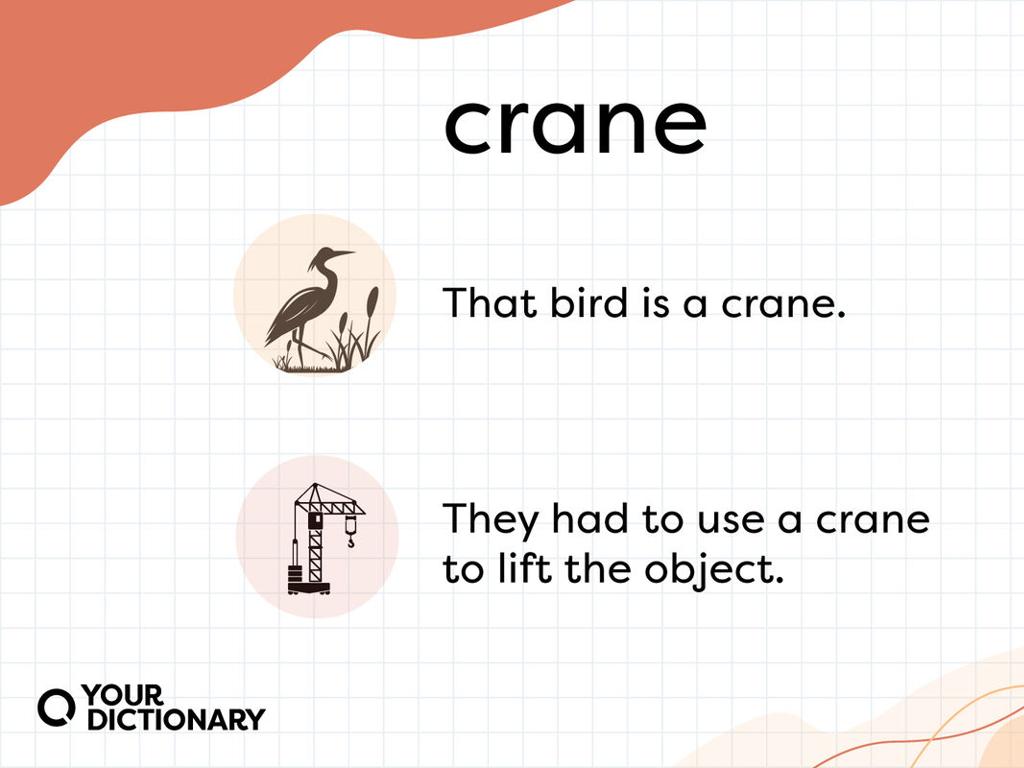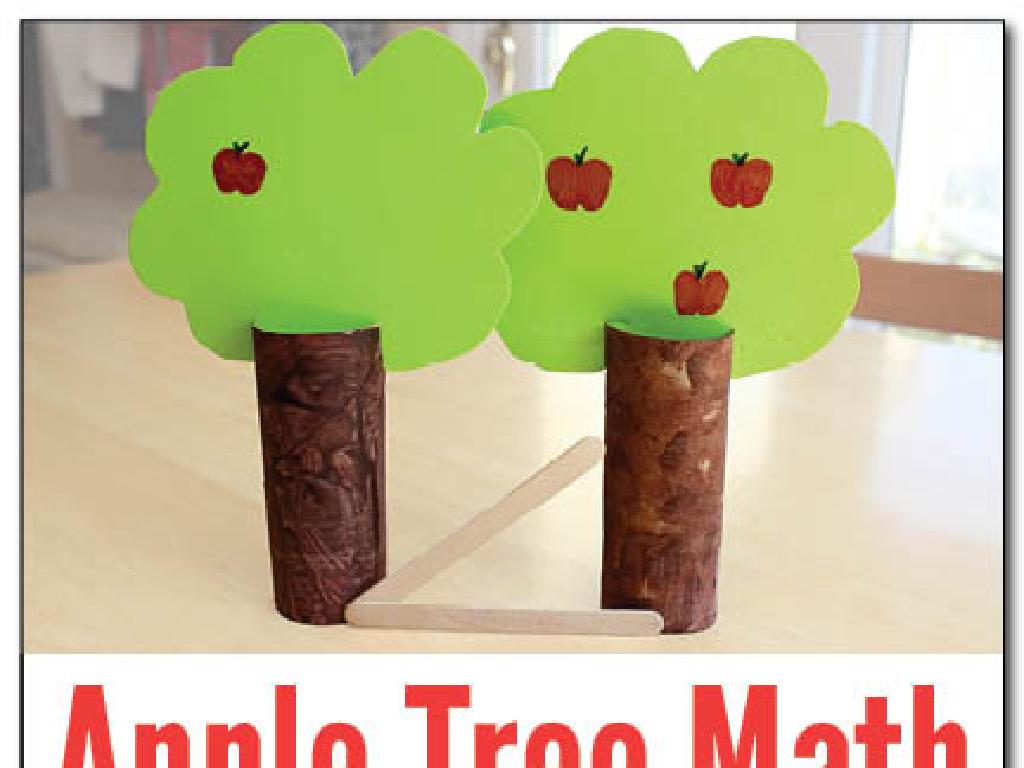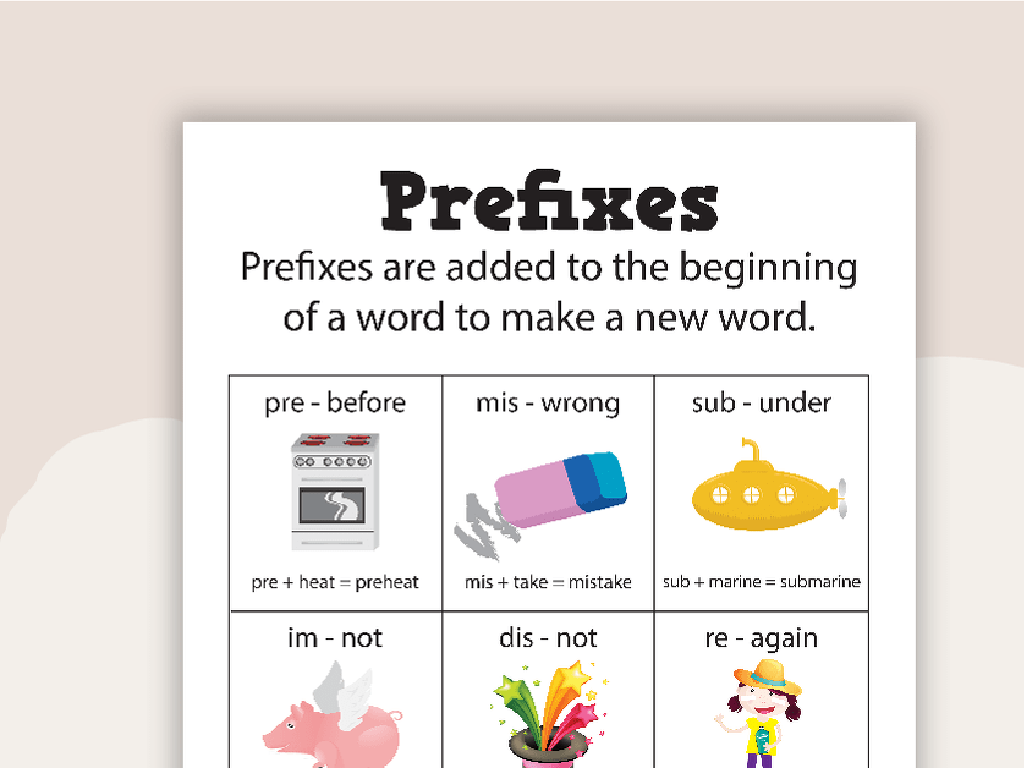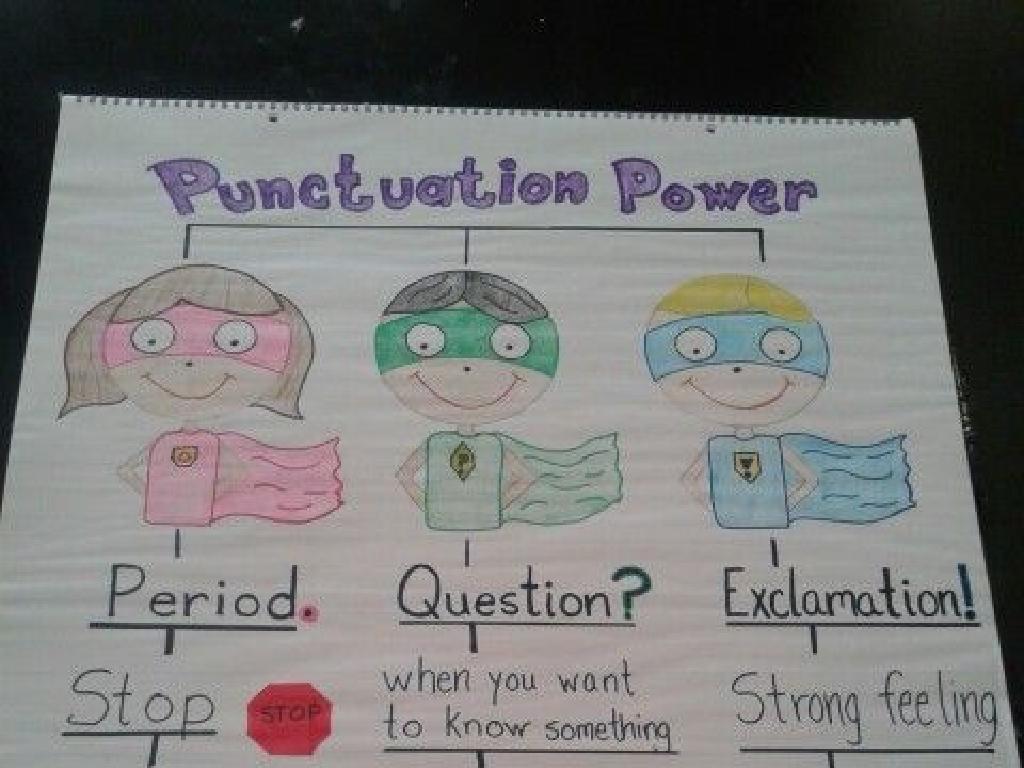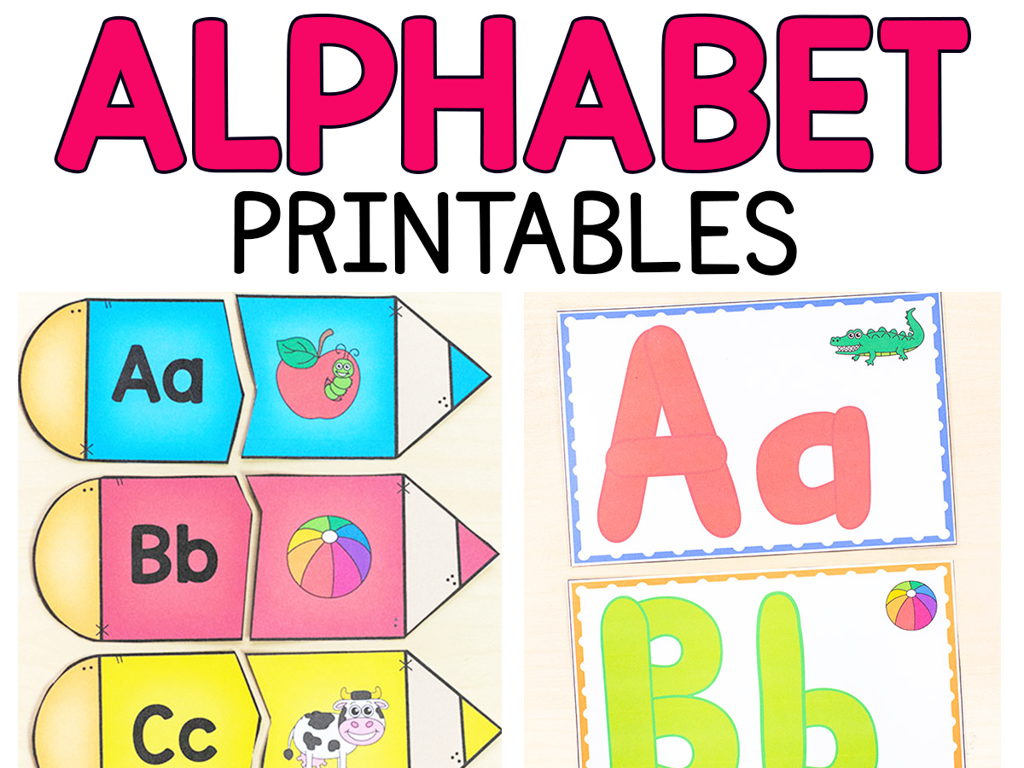Describe Ecosystems
Subject: Science
Grade: Fifth grade
Topic: Ecosystems
Please LOG IN to download the presentation. Access is available to registered users only.
View More Content
Welcome to Ecosystems!
– Explore our environment
– Define an ecosystem
– A community of living things interacting with their surroundings.
– Types of ecosystems
– Forests, oceans, deserts, and tundras are a few types.
– Ecosystem examples
– Rainforest: diverse species; Desert: cacti and camels.
|
This slide introduces students to the concept of ecosystems within the broader topic of understanding our environment. Begin by discussing the environment as the surroundings in which plants and animals live. Then, define an ecosystem as a community of living organisms in conjunction with the nonliving components of their environment, interacting as a system. Highlight the different types of ecosystems, such as forests, oceans, deserts, and tundras, and provide examples for each. For instance, explain how a rainforest is rich in biodiversity with many different species of plants and animals, while a desert ecosystem may include specialized plants like cacti and animals like camels that have adapted to the arid conditions. Encourage students to think of ecosystems they are familiar with and how these systems support various forms of life.
Exploring Ecosystem Components
– Ecosystems: Biotic & Abiotic
– Biotic: plants, animals; Abiotic: water, rocks
– Interactions among living things
– Animals eat plants, pollination by bees
– Non-living things’ role
– Water nourishes plants, rocks provide shelter
– Balance in ecosystems
|
This slide introduces students to the basic components of an ecosystem, which include both living (biotic) and non-living (abiotic) factors. Biotic factors are all the living parts of an ecosystem, such as plants and animals, while abiotic factors include non-living elements like water, sunlight, and minerals. Students should understand how these components interact, for example, how animals may rely on plants for food or how bees help in the pollination of flowers. Non-living elements also play a crucial role, such as water providing hydration to plants or rocks offering shelter to small animals. Emphasize the importance of balance in an ecosystem, where all parts work together to create a sustainable environment.
Exploring Ecosystem Types
– Forest Ecosystems
– Dense trees, diverse species, and rainfall
– Desert Ecosystems
– Dry, sparse vegetation, extreme temperatures
– Ocean Ecosystems
– Vast waters, marine life, and saltwater
– Grassland Ecosystems
– Wide open spaces, few trees, many grasses
|
This slide introduces students to the concept of different types of ecosystems. Forest ecosystems are characterized by a high density of trees, a wide variety of plant and animal species, and varying amounts of rainfall. Deserts are known for their dry conditions, sparse vegetation, and extreme temperature fluctuations. Oceans cover a large part of the Earth’s surface and are home to diverse marine life, characterized by saltwater. Grasslands are dominated by grasses rather than large trees and have wide open spaces. Each ecosystem supports unique forms of life adapted to their specific environment. Encourage students to think about the different animals and plants that might live in each type of ecosystem and how they have adapted to survive in those conditions.
Food Chains and Webs in Ecosystems
– Producers, Consumers, Decomposers
– Plants make their own food, animals eat plants or other animals, and decomposers break down waste.
– Energy Flow in Ecosystems
– Sunlight to producers to consumers to decomposers, energy is passed.
– Life’s Interconnectedness
– Every organism depends on each other for survival.
– Importance of Each Role
|
This slide introduces students to the basic components of food chains and webs within ecosystems. Producers, such as plants, are organisms that create their own food through photosynthesis. Consumers are animals that eat plants or other animals, and decomposers are organisms like fungi and bacteria that break down dead material, returning nutrients to the soil. Energy flows from the sun to producers and then to consumers, with decomposers playing a crucial role in recycling nutrients. Emphasize the interconnectedness of all life forms within an ecosystem and how each group of organisms plays a vital role in maintaining the balance of the environment. Activities can include creating a food web diagram or discussing the impact of removing one organism from a food chain.
Ecosystem Interactions
– Symbiosis: living together
– Mutualism, Commensalism, Parasitism: ways organisms interact
– Competition among species
– Species compete for resources like food and space
– Predator and prey dynamics
– Predators hunt prey, which controls population
– Balance in ecosystems
|
This slide introduces students to the complex interactions within ecosystems. Symbiosis refers to different ways organisms live together and rely on each other; mutualism benefits both, commensalism benefits one without harming the other, and parasitism benefits one at the expense of the other. Competition occurs when species vie for the same resources, which can limit population size and distribution. Predator-prey relationships are natural control mechanisms that maintain balance within an ecosystem. Encourage students to think of examples they may have seen in nature or documentaries. This understanding is crucial for grasping how ecosystems function and maintain balance.
Human Impact on Ecosystems
– Humans affect ecosystems
– Positive & negative effects
– Positive: planting trees; Negative: pollution
– Conservation efforts
– Protecting endangered species, creating parks
– Our role in ecosystem health
– Making eco-friendly choices, learning about nature
|
This slide aims to educate students on the various ways humans interact with ecosystems and the resulting positive and negative effects. Highlight examples such as how planting trees can improve an ecosystem, while pollution can harm it. Discuss conservation efforts like protecting endangered species and establishing national parks. Emphasize the importance of each individual’s role in maintaining ecosystem health through eco-friendly choices and environmental education. Encourage students to think about how their actions impact the environment and what steps they can take to live more sustainably.
Class Activity: Build Your Own Ecosystem
– Create an ecosystem in a bottle
– Choose biotic & abiotic elements
– Biotic: plants, insects. Abiotic: rocks, water
– Observe changes over time
– Watch how living things interact with non-living elements
– Record your observations
– Keep a journal of daily or weekly changes
|
This hands-on activity is designed to help students understand ecosystems by creating their own in a bottle. Provide each student with a clear plastic bottle and guide them to fill it with both biotic elements (like small plants or insects) and abiotic elements (such as rocks, soil, and water). Explain the importance of each component in an ecosystem. Over the following weeks, have students observe how these elements interact and how energy flows in their mini ecosystem. They should record any changes they see, such as plant growth or changes in moisture levels, to learn about stability and change in ecosystems. Possible variations of the activity could include creating aquatic ecosystems, desert ecosystems, or forest floor ecosystems, depending on the resources available.

